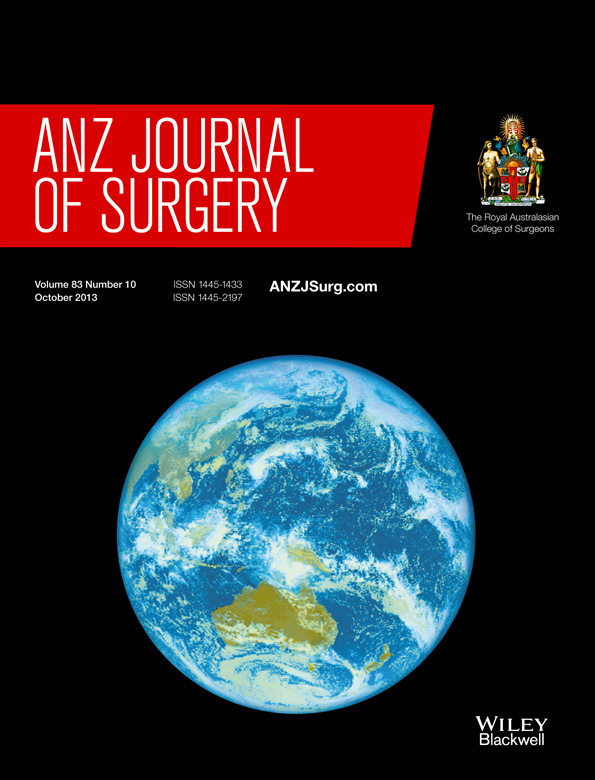Triceps Split and Snip approach to the elbow: surgical technique and biomechanical evaluation
Abstract
Background
A number of posterior approaches to the elbow have been described, which vary in the quality of the exposure and morbidity to the triceps mechanism. We describe an adapted technique, the Triceps Split and Snip, which may offer improved surgical exposure during posterior approach to the elbow. We aimed to compare the strength of the triceps repair in this approach to a more traditional approach described by Bryan and Morrey.
Methods
Sixteen pairs of cadaveric elbows were randomized by surgical group and operative side. The Triceps Split and Snip and Bryan-Morrey approaches were each performed on eight specimens, followed by repair of the triceps; the contralateral elbow served as the control. The specimens were then mounted on a material testing system and a constant velocity elongation was applied.
Results
The mean load to failure for the Bryan-Morrey group was 421N (range 349–536N). While the Triceps Split and Snip group was 388N (range 267–550N). The percentage ultimate strength loss was 40% for both groups. No significant difference was found in comparing the mean load to failure between the Triceps Split and Snip approach and the Bryan-Morrey approach.
Conclusions
The Triceps Split and Snip approach is a technically simple approach to perform and repair, and provides excellent exposure of the elbow and distal humerus. The tensile strength of the triceps repair following this approach is equivalent to that of the Bryan-Morrey approach.




